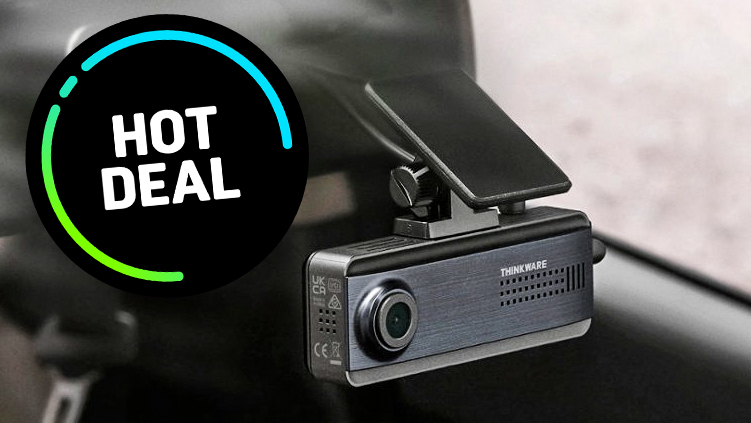Why slow photography is the only trend that should matter to you in 2025
Slow photography: The unexpected meta in a fast-paced world
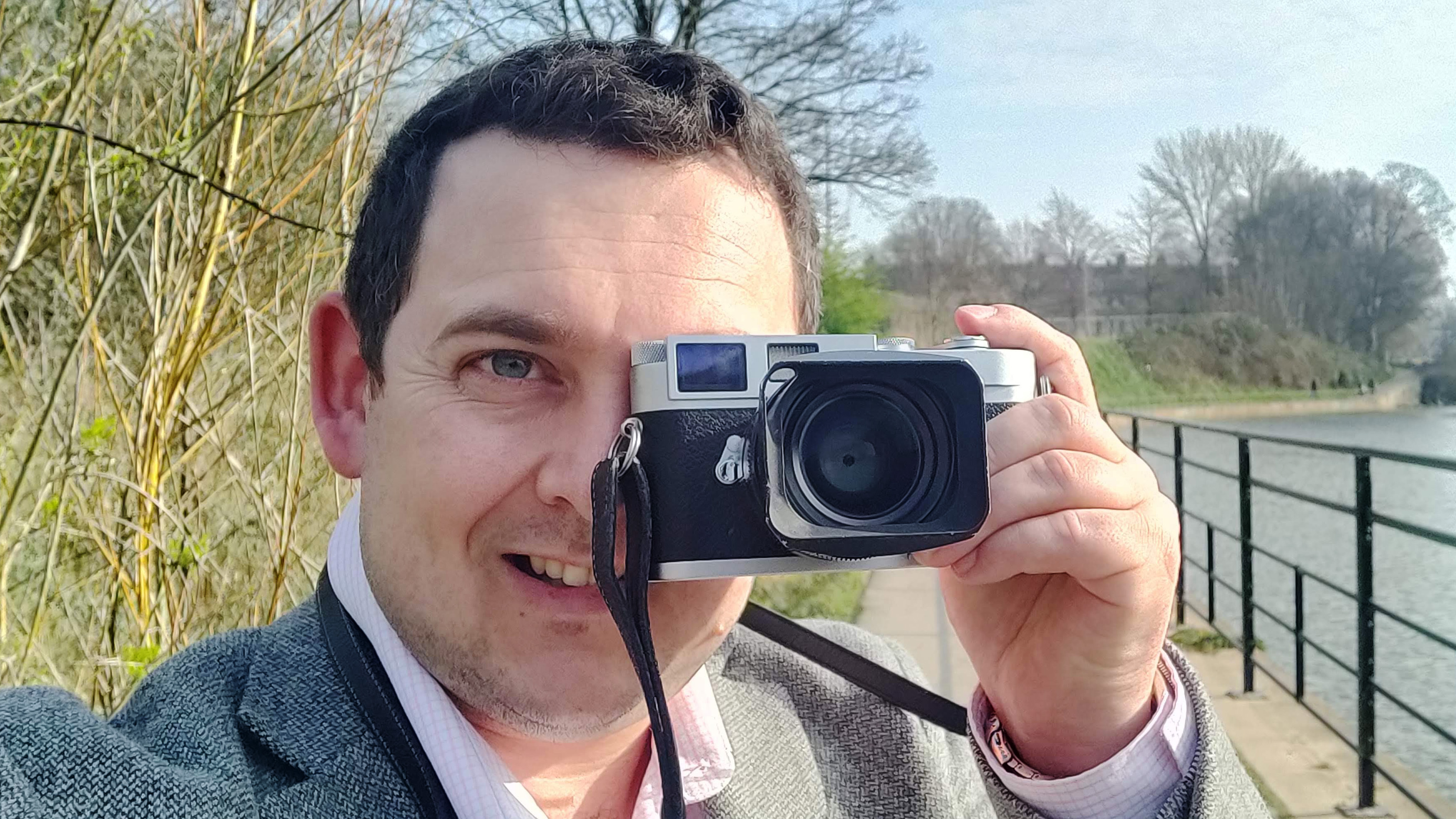
In an era where photography is increasingly defined by speed – instant sharing, rapid bursts, and AI-enhanced automation – the concept of slow photography is emerging as a counter-cultural movement.
It’s a return to the roots of the craft, a rejection of the disposable nature of digital imagery, and, in many ways, the new meta for those who truly value the art form.
As technology rushes forward, the most compelling images today aren’t necessarily those captured in a split second but those created with patience, intention and thoughtfulness.
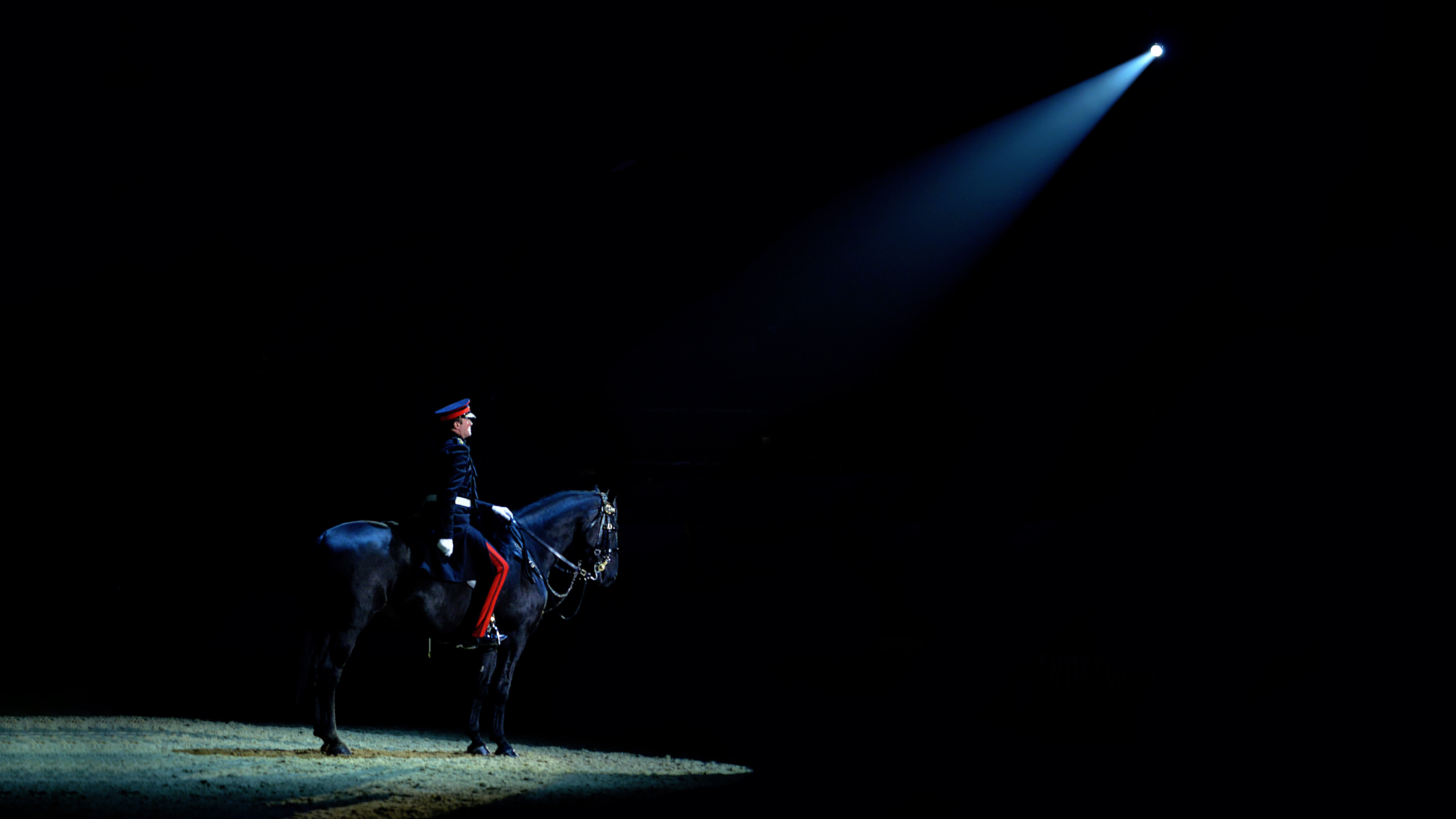
For years, photographers have been conditioned to believe that more is better. Cameras now shoot at absurdly high frame rates, boasting eye-tracking autofocus systems that remove much of the human element from the equation.
While these advancements have their place – particularly in sports and wildlife photography – there’s an undeniable charm in stepping back, slowing down, and making every frame count. This isn’t about nostalgia or resisting progress; it’s about rediscovering the power of deliberate storytelling.
The resurgence of film photography is a testament to this shift. A roll of film forces the photographer to think; each frame costs money, each shot carries weight. There’s no instant playback, no safety net. It demands confidence, patience, and, above all, an understanding of light and composition.
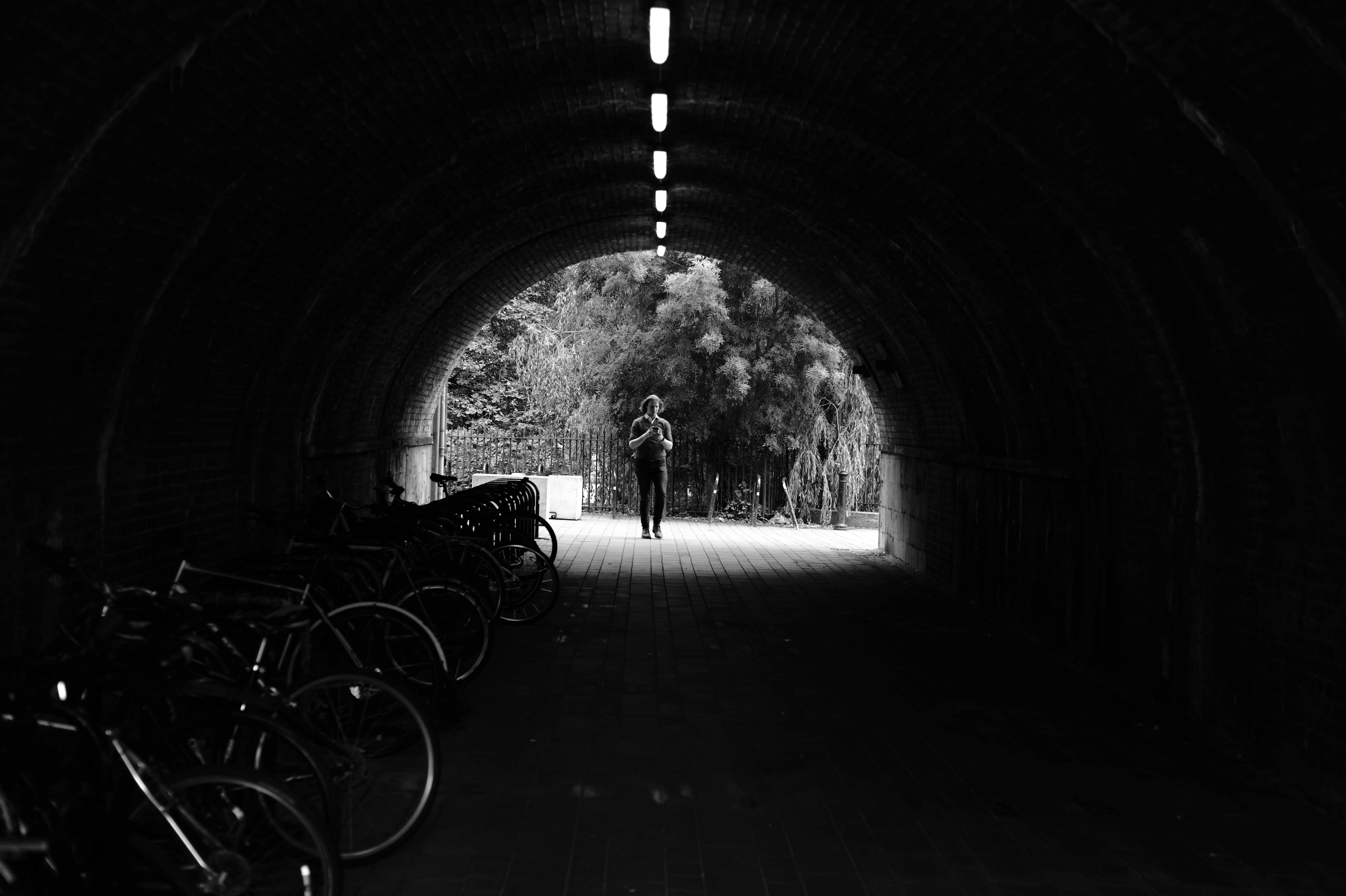
Even digital photographers are embracing the ethos of film by limiting their shots, using manual controls and resisting the urge to fire off endless frames. In a world flooded with images, those taken with intention stand out.
Get the Digital Camera World Newsletter
The best camera deals, reviews, product advice, and unmissable photography news, direct to your inbox!
Social media has fueled an insatiable hunger for content, but even platforms like Instagram and TikTok are seeing a shift. The algorithm-driven rat race is exhausting, and audiences are beginning to crave authenticity over mass production.
Photographers who take their time – who create images rather than simply capture them – are producing work that resonates on a deeper level. The value of a single, well-crafted image is rapidly outpacing the appeal of an endless stream of forgettable content.
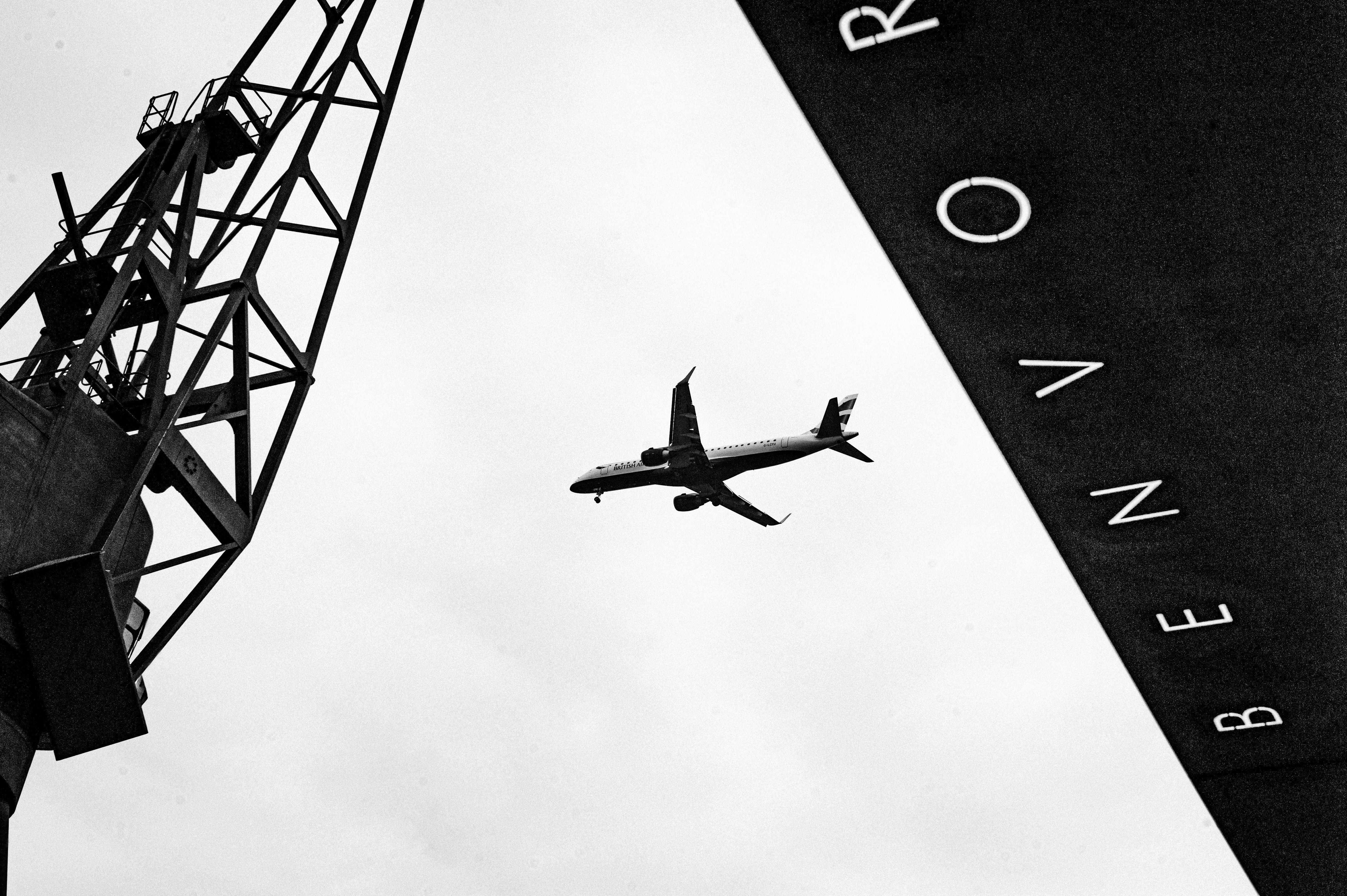
Leica users, in particular, understand this philosophy intuitively. Shooting with a rangefinder demands precision, patience and engagement with the subject. You’re not relying on a machine to make decisions for you; you’re part of the process.
However, this isn’t about being elitist; slow photography is accessible to anyone willing to put in the time and effort. It’s about shifting the mindset from consumption to creation, from automation to artistry.
The future of photography doesn’t belong to those who shoot the most; it belongs to those who shoot with the most intent. Slow photography isn’t just a trend – it’s a necessary correction, a way to bring meaning back to an art form diluted by excess.
As the world speeds up, the photographers who choose to slow down will be the ones whose work truly lasts.
You might also like…
If you want to experiment with slow photography, take a look at the best film cameras, along with the best Leica cameras and the best Hasselblad cameras.
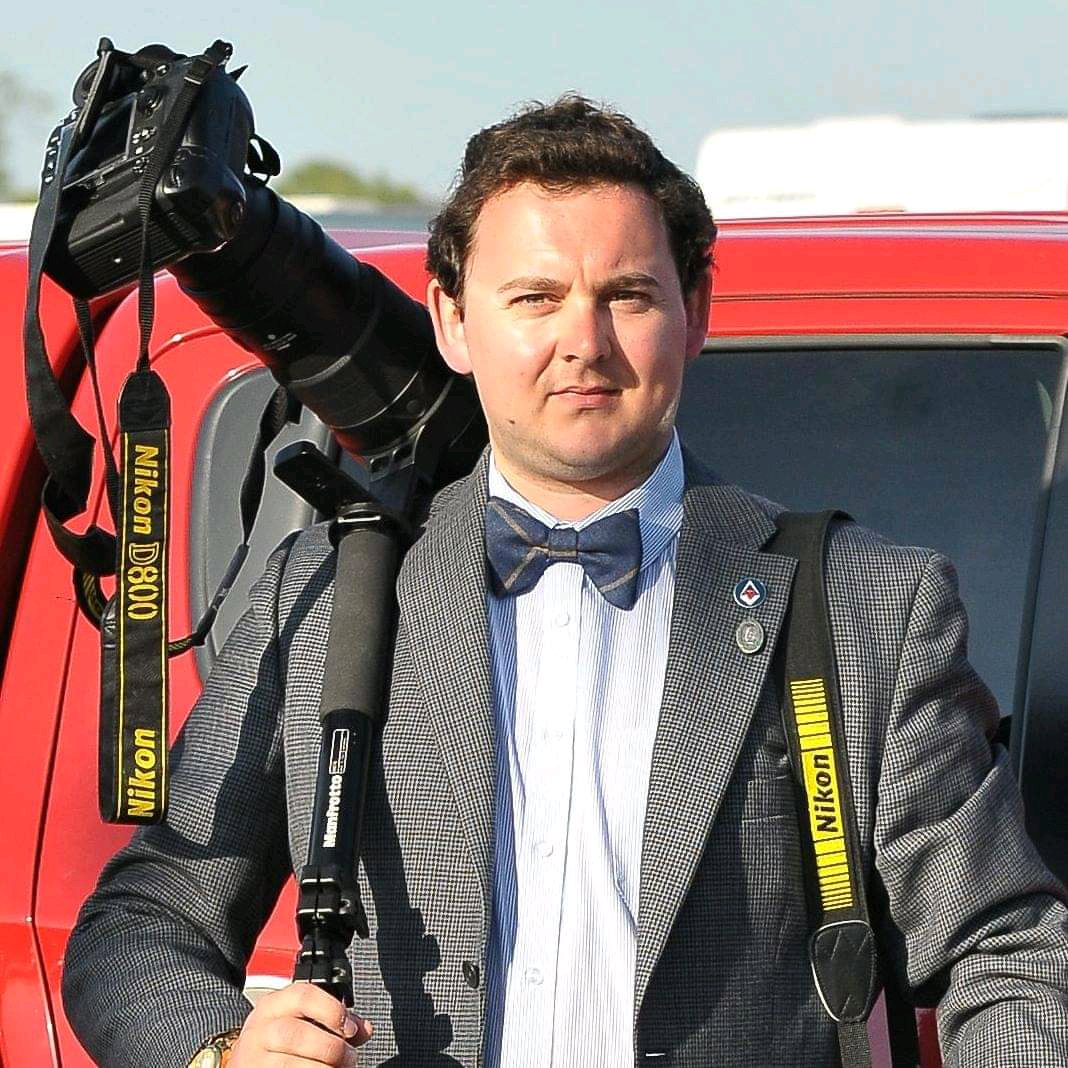
For nearly two decades Sebastian's work has been published internationally. Originally specializing in Equestrianism, his visuals have been used by the leading names in the equestrian industry such as The Fédération Equestre Internationale (FEI), The Jockey Club, Horse & Hound, and many more for various advertising campaigns, books, and pre/post-event highlights.
He is a Fellow of the Royal Society of Arts, holds a Foundation Degree in Equitation Science, and holds a Master of Arts in Publishing. He is a member of Nikon NPS and has been a Nikon user since his film days using a Nikon F5. He saw the digital transition with Nikon's D series cameras and is still, to this day, the youngest member to be elected into BEWA, the British Equestrian Writers' Association.
He is familiar with and shows great interest in 35mm, medium, and large-format photography, using products by Leica, Phase One, Hasselblad, Alpa, and Sinar. Sebastian has also used many cinema cameras from Sony, RED, ARRI, and everything in between. He now spends his spare time using his trusted Leica M-E or Leica M2, shooting Street/Documentary photography as he sees it, usually in Black and White.
You must confirm your public display name before commenting
Please logout and then login again, you will then be prompted to enter your display name.
